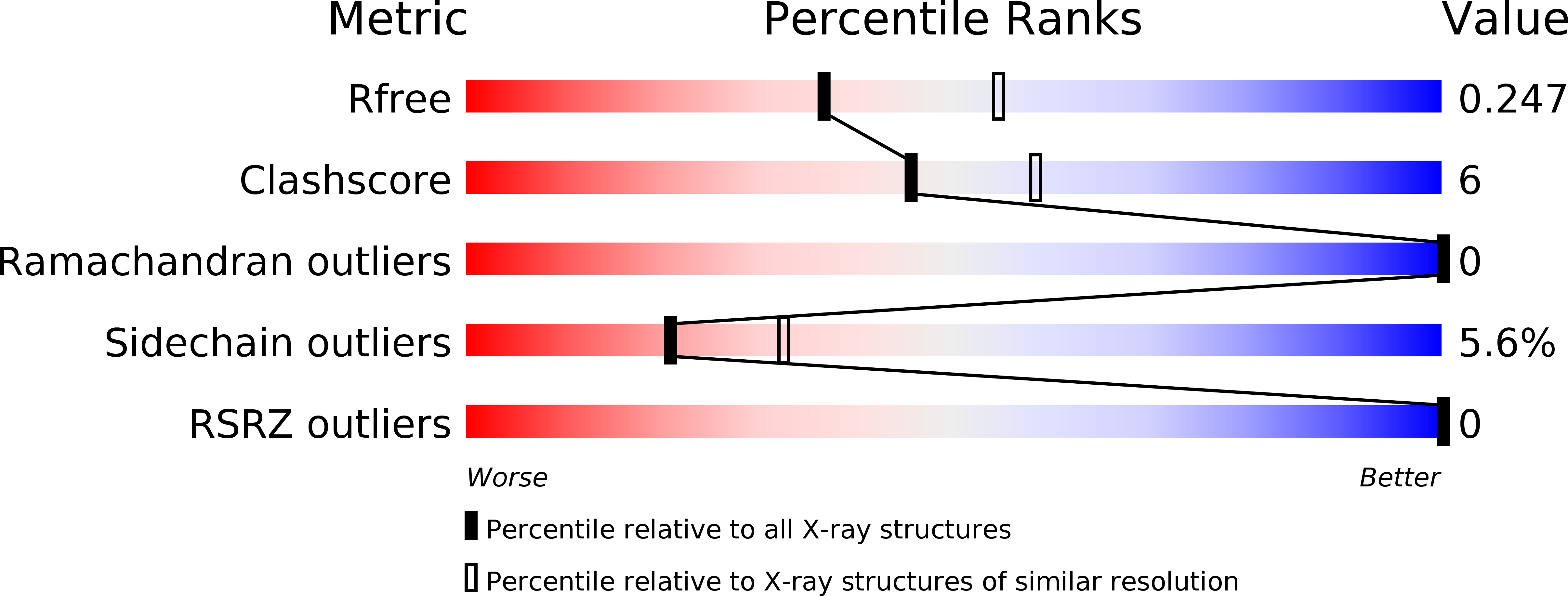
Deposition Date
2013-04-02
Release Date
2014-04-02
Last Version Date
2023-09-20
Entry Detail
PDB ID:
4JZ6
Keywords:
Title:
Crystal structure of a salicylaldehyde dehydrogenase from Pseudomonas putida G7 complexed with salicylaldehyde
Biological Source:
Source Organism:
Pseudomonas putida (Taxon ID: 303)
Host Organism:
Method Details:
Experimental Method:
Resolution:
2.42 Å
R-Value Free:
0.24
R-Value Work:
0.20
R-Value Observed:
0.21
Space Group:
P 64 2 2


